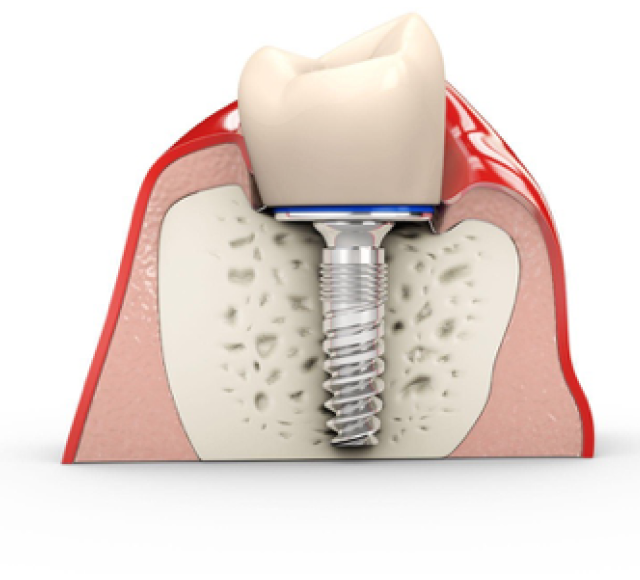
Extractions are often the last option in restoring a tooth, however, they are necessary when the tooth is in a serious condition that cannot be treated with other dental methods. It is not recommended to leave a damaged or decayed tooth as this may pose a threat to other surrounding teeth or affect overall function (e.g. chewing or eating). Hence, extraction will likely be needed to restore and maintain good oral health.
The most common procedure is to proceed with extraction and wait a few months so that the wound site can be fully recovered. Then, continue with the placement of the dental implant. This may be beneficial, however, recent research finds that instead of waiting for months between the two procedures. Both extraction and implant placement in a single procedure, which is known as immediate dental implant
After extraction, bone loss can occur after 6 months due to bone reabsorption. Immediate dental implant procedure prevents the risk of bone reabsorption. Hence, the patient will have adequate bone mass to support a dental implant. If the patient had waited after extraction, they may need to undergo a bone grafting to build up the bone around the wound site before having an implant placed. However, this can vary from patient to patient, immediate implant placement following extraction generally allows for quick implant placement with less procedures.
The benefits of immediate dental implant can include only having to undergo a single procedure, restore gum tissue, less pain, or gaps from missing teeth. This also helps patients to improve the chances of treatment success.

Copyright © 2025 Asia Pacific Dental Centre. All rights reserved.